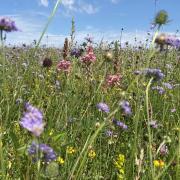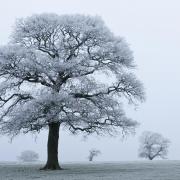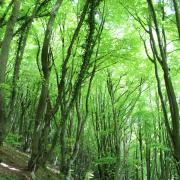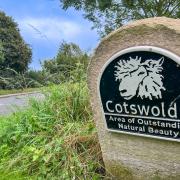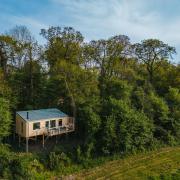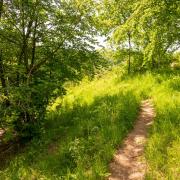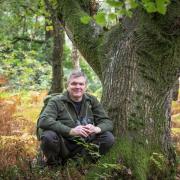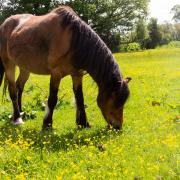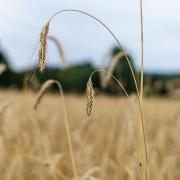Summer is the time to enjoy the many types of orchid that grow in the Cotswolds, with nature reserves looked after by Gloucestershire Wildlife Trust being good places to hunt for them
Orchids account for the world’s largest family of plants, with more than 25,000 different species across the globe.
Here in the UK, there are just over 50 different wild types, a number of which can be found within a variety of habitats in Gloucestershire, including limestone grassland, heathland, ancient woodland and areas of marshland.
Orchids were once commonplace, but populations began to decline following changes in farming practices after the Second World War.
Nowadays, these plants are more likely to be found within nature reserves as they tend to offer the conditions in which they’re able to flourish, although it’s not unusual for them to pop up along road verges and in churchyards too.

Among the best-known orchids is the early purple, with its spikes of flowers that appear within woodlands, along hedgerows and on grasslands in April. It’s followed in May and June by green-winged orchids, the purple flowers of which have ‘hoods’ lined with green veins, and the common spotted-orchids, with purple ovals on its leaves.
June and July are the best months to see pyramidal orchids, with its blooms ranging in colour from deep magenta to white.
Some orchids are cunningly shaped to attract their principal pollinators, among them the bee orchid, which appears in June and July.


Gloucestershire Wildlife Trust (GWT) looks after a number of orchid-rich nature reserves, including Swift’s Hill near Slad, where 13 different species have been recorded.
This area of limestone grassland is maintained by hardy breeds of conservation grazing livestock at certain times of the year to create the right conditions for wildflowers to thrive. These animals eat the coarser vegetation and scrub available, making room for plants like orchids.
Alan Sumnall, Lead Land Manager East, says GWT’s experience over several years has led to the fine-tuning of grazing times to accommodate changing weather patterns.
‘Grazing removes the previous year’s growth; this prevents the build-up of dead grasses and plants and allows plants to germinate the following year. As the animal’s graze, they push seeds into the ground and create areas of bare earth, further aiding germination,’ he explains.


‘We are adjusting our grazing timings: traditionally in the cool UK environment, most orchids grow on southern-facing banks where it is warmer. With increasing hot spells, these areas are becoming more prone to drought. By altering the grazing time, we can encourage slightly more grass growth – shading and cooling the ground and creating a more humid microclimate.
‘We are also encouraging further scattered scrub, as this naturally creates shade and longer grass and will help roosting butterflies during periods of inclement weather.
‘We’re working hard, alongside partners and local landowners, to manage more east, west and north-facing slopes for wildlife in the county, so the orchids can respond to climate change and are set up for whatever weather is thrown at them.’
Great nature reserves for orchids
- Swift's Hill near Slad: 13 species recorded here, including bee, early purple and frog orchids.
- Barrow Wake, near Birdlip: musk orchids
- Greystones Farm, Bourton-on-the-Water: southern marsh and early march orchids.
- Lower Woods, near Wickwar: common spotted, early purple and greater butterfly-orchids.

Did you know?
The large spots on the leaves of the early purple orchid were once said to have been made by drops of Christ’s blood at his crucifixion. Shakespeare refers to this plant as ‘long purples’ and ‘dead men’s fingers’ in his play Hamlet.





